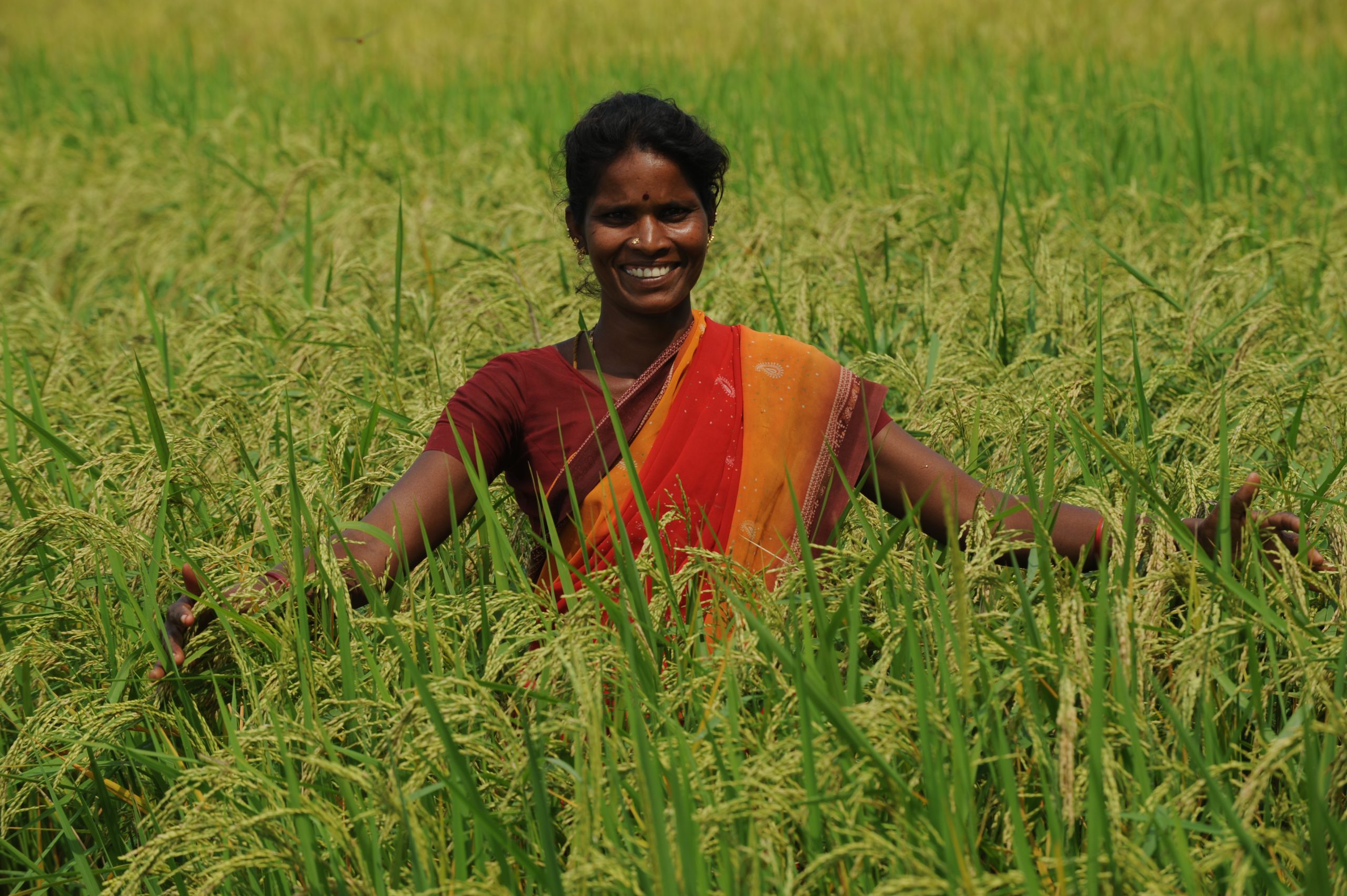Social Return on Investment is the latest and best way of measuring impact in the development sector. This is how we measured our impact as a nonprofit working to alleviate poverty.
The term ROI is commonly used across businesses to measure Return on Investment or simply put, ‘the revenue received for every rupee invested in the activity or product’. The term works well in a business scenario that measures ‘Financial impact’, but it isn’t the right measure for a Non profit organization to use to measure its impact.

At a non profit, we create change in many ways – social, environmental or economic. These factors are very important to calculate impact created by our projects. This is where SROI – Social Return on Investment comes into the picture. The metric, SROI is a fairly new one and has been helping NGOs like ours measure our impact effectively.
What is SROI?
Social Return on Investment (SROI) is a prominent tool used in the development sector that accords a monetary value to the social, economic and environmental benefits and costs created by an organization or initiative. SROI borrows from techniques of economic analysis as well as social accounting to provide a valuation that can be used to better understand the task, outcomes and impacts of an organization.

The idea behind SROI is that “returns‟ of a social enterprise are accrued by the whole community rather than only the investors. These “returns‟ can be easy to quantitatively measure (e.g. increased income, community tax savings etc.) or hard to measure in monetary terms (increased self-esteem, empowerment).
Though it is commonly compared to a cost benefit analysis, the major difference is that the SROI is a tool that allows for managers to organize and utilize organizational resources in the most efficient manner.
The SROI Framework
Given the volatile and diverse nature of the industry, a framework and tool is essential to evaluate methods to improve performance, aid management decision making and evaluate impact of an investment on stakeholders. It is a framework for measuring and accounting for the broader concept of value; it seeks to reduce inequality and environmental degradation and improve wellbeing by incorporating social, environmental and economic costs and benefits (Nicholas et al, 2012).
A contingency framework developed by Prof Ebrahim and Prof Rangan (2010) of Harvard Business School highlights that the nature of change and choice of operational strategy are the two approaches that must be used for performance assessment within the SROI.
An SROI Study of HiH India
Indian Institute of Technology (IIT – Madras) had taken up a novel and first of its kind study of SROI in India with Hand in Hand. Combining the framework with Hand in Hand’s five-pillar program and a rigorous methodology, SROI metrics were developed for four of the pillars (interventions). The methodology was longitudinal in nature and included three phases of a combined quantitative and qualitative study.

The cost of delivering the benefits was primarily obtained from the financial records of each pillar and Hand in Hand India. A simple net present value of the monetary benefits divided by the present value of the costs provided the SROI for the pillar.
Findings and Conclusion
Self Help Group (SHG) Pillar – SROI INR 41.29
One of the interventions we wanted to study the impact of was our Women’s Self Help Groups. Here we included training costs and loans for education, dairy or microenterprises.
We also studied the social benefits that the SHGs gained:
– Making better decisions with children’s education
– Increased income
– New business and employment opportunities
– New Skills acquired such as banking and book-keeping
– Lesser stress loans were taken
The SROI for the SHG pillar was calculated to be INR 41.29, i.e. every INR1 spent yields INR 41.29!

Child Labour Elimination (CLEP) Pillar – SROI INR 33.5
Our CLEP pillar focuses on bringing education to children and keeping them away from child labour. Here we included costs relating to social mobilization, household surveys, setting up of our residential and non-residential schools and cost of education per child.

We found that the benefits that our CLEP pillar provided were as below:
– Reduction in crime rate and percentage of youth involved in crime
– Saving on cost of unemployment
– Private benfits per individual visible in the long run.
The SROI for the CLEP pillar was calculated to be INR 33.5 i.e. every INR1 spent yields INR 33.5!
Health Pillar – SROI INR 36
Through our Health pillar, we try to make healthcare accessible to rural India. Here we included costs relating to setting up clinics, conducting medical camps, health care checkups like anaemia and more.
Here’s what our Health Pillar’s benefits were:
– Better wage hours and Higher income due to better health
– Reduced hospital costs for individuals
The SROI for the Health pillar was calculated to be INR 36 i.e. every INR1 spent yields INR 36!
Environment Pillar – SROI INR 15
Our Environment pillar consists of Solid Waste Management and Natural Resource Management wings. Hence the costs included here are partnering with local bodies and cost per hectare of land.
The benefits of our Environment pillar were as below:
– Direct benefit of transforming uncultivable land to cultivation fields
– Single to Double crop growth
– Lifesaving irrigation
– Longterm benefits of ground water restoration
– Increase in employment
The SROI for the Environment pillar was calculated to be INR 15 i.e. every INR1 spent yields INR 15!

In conclusion, this study proves to be a stepping-stone to future research in the field of SROI and of quantifying variables in a field where value or output is measured through joy and smiles created. The challenge ahead as rightly pointed out by Ebrahim and Rangan (2010) lies not only in measurement of these variables but about infusing these results with governance and strategy.






